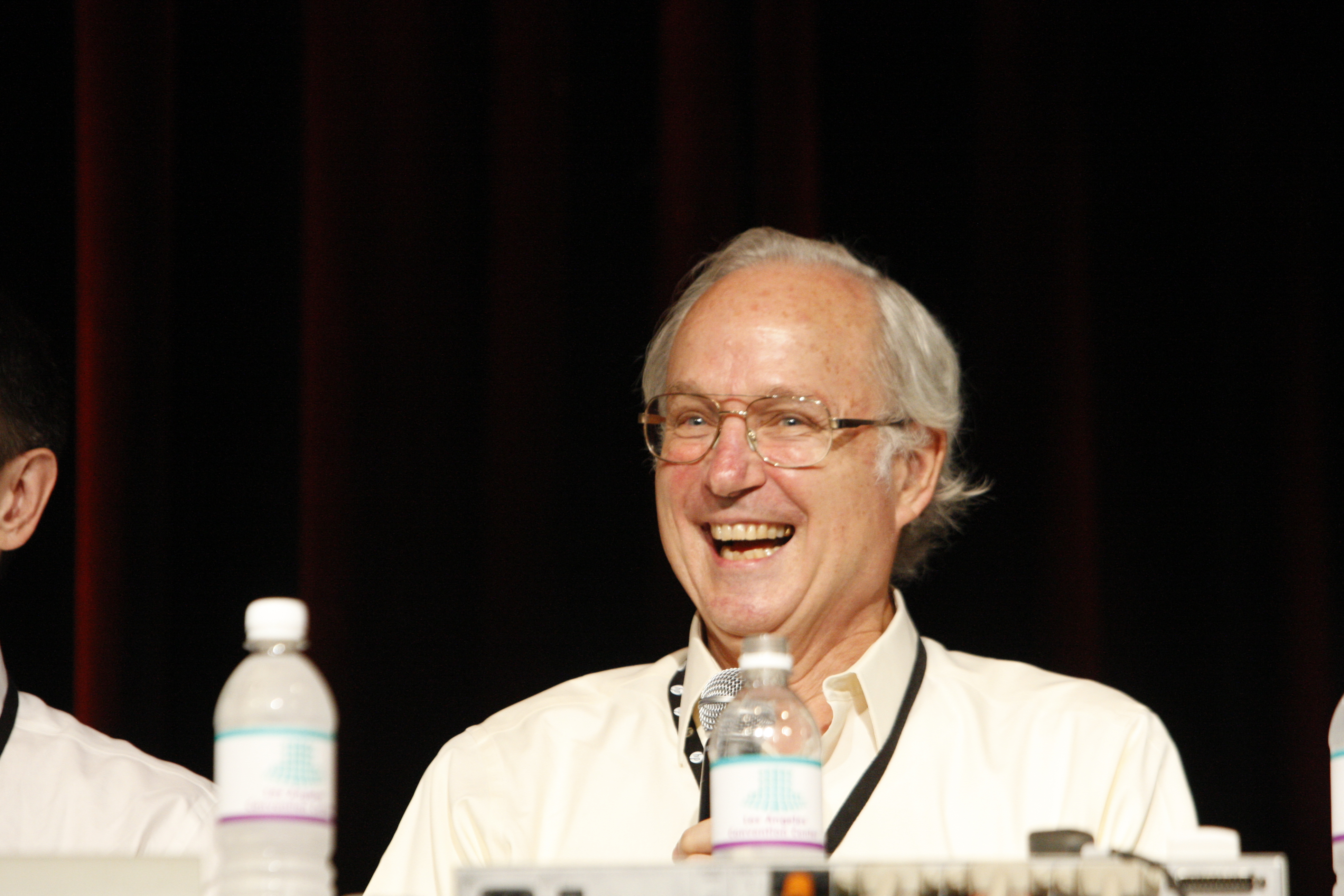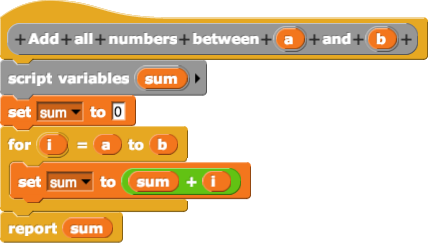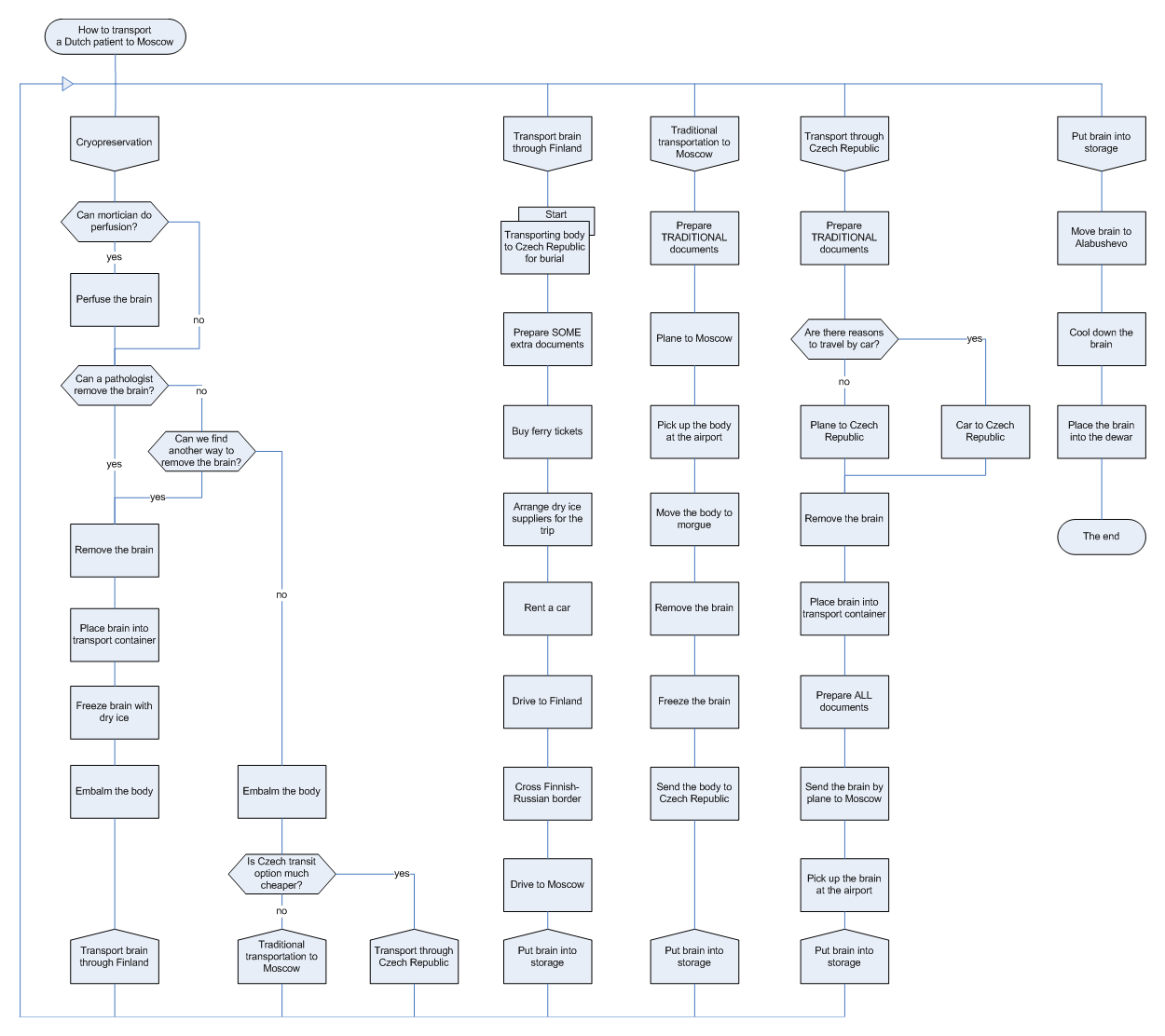|
L Peter Deutsch
L Peter Deutsch (born Laurence Peter Deutsch on August 7, 1946, in Boston, Massachusetts) is the founder of Aladdin Enterprises and creator of Ghostscript, a free software PostScript and Portable Document Format, PDF interpreter. Deutsch's other work includes the Smalltalk implementation that inspired Java (software platform), Java just-in-time compilation technology about 15 years later. Some stories about him are included in the Hackers: Heroes of the Computer Revolution book. Contributions to computer science Deutsch wrote the PDP-1 Lisp (programming language), Lisp 1.5 implementation and first REPL, Basic PDP-1 LISP, "while still in short pants" and finished it in 1963, when he was 17 years old. He collaborated with Calvin Mooers on the TRAC (programming language), TRAC programming language and wrote its first implementation, on the PDP-1, in 1964.full text From 1964 to 1967, during his study at the University of California, Berkeley, he worked with Butler Lampson and Char ... [...More Info...] [...Related Items...] OR: [Wikipedia] [Google] [Baidu] |
Boston
Boston (), officially the City of Boston, is the state capital and most populous city of the Commonwealth of Massachusetts, as well as the cultural and financial center of the New England region of the United States. It is the 24th- most populous city in the country. The city boundaries encompass an area of about and a population of 675,647 as of 2020. It is the seat of Suffolk County (although the county government was disbanded on July 1, 1999). The city is the economic and cultural anchor of a substantially larger metropolitan area known as Greater Boston, a metropolitan statistical area (MSA) home to a census-estimated 4.8 million people in 2016 and ranking as the tenth-largest MSA in the country. A broader combined statistical area (CSA), generally corresponding to the commuting area and including Providence, Rhode Island, is home to approximately 8.2 million people, making it the sixth most populous in the United States. Boston is one of the oldest ... [...More Info...] [...Related Items...] OR: [Wikipedia] [Google] [Baidu] |
Butler Lampson
Butler W. Lampson, ForMemRS, (born December 23, 1943) is an American computer scientist best known for his contributions to the development and implementation of distributed personal computing. Education and early life After graduating from the Lawrenceville School (where in 2009 he was awarded the Aldo Leopold Award, also known as the Lawrenceville Medal, Lawrenceville's highest award to alumni), Lampson received an A.B. in physics (''magna cum laude'' with highest honors in the discipline) from Harvard University in 1964 and a PhD in electrical engineering and computer science from the University of California, Berkeley in 1967. Career and research During the 1960s, Lampson and others were part of Project GENIE at UC Berkeley. In 1965, several Project GENIE members, specifically Lampson and Peter Deutsch, developed the Berkeley Timesharing System for Scientific Data Systems' SDS 940 computer. After completing his doctorate, Lampson stayed on at UC Berkeley as an assistant p ... [...More Info...] [...Related Items...] OR: [Wikipedia] [Google] [Baidu] |
PARC (company)
PARC (Palo Alto Research Center; formerly Xerox PARC) is a research and development company in Palo Alto, California. Founded in 1969 by Jacob E. "Jack" Goldman, chief scientist of Xerox Corporation, the company was originally a division of Xerox, tasked with creating computer technology-related products and hardware systems. Xerox PARC has been at the heart of numerous revolutionary computer developments, including laser printing, Ethernet, the modern personal computer, GUI (graphical user interface) and desktop paradigm, object-oriented programming, ubiquitous computing, electronic paper, a-Si (amorphous silicon) applications, the computer mouse, and VLSI ( very-large-scale integration) for semiconductors. Unlike Xerox's existing research laboratory in Rochester, New York, which focused on refining and expanding the company's copier business, Goldman's “Advanced Scientific & Systems Laboratory” aimed to pioneer new technologies in advanced physics, materials science, and ... [...More Info...] [...Related Items...] OR: [Wikipedia] [Google] [Baidu] |
Computer Science
Computer science is the study of computation, automation, and information. Computer science spans theoretical disciplines (such as algorithms, theory of computation, information theory, and automation) to Applied science, practical disciplines (including the design and implementation of Computer architecture, hardware and Computer programming, software). Computer science is generally considered an area of research, academic research and distinct from computer programming. Algorithms and data structures are central to computer science. The theory of computation concerns abstract models of computation and general classes of computational problem, problems that can be solved using them. The fields of cryptography and computer security involve studying the means for secure communication and for preventing Vulnerability (computing), security vulnerabilities. Computer graphics (computer science), Computer graphics and computational geometry address the generation of images. Progr ... [...More Info...] [...Related Items...] OR: [Wikipedia] [Google] [Baidu] |
Visual Programming Language
In computing, a visual programming language (visual programming system, VPL, or, VPS) is any programming language that lets users create programs by manipulating program elements ''graphically'' rather than by specifying them ''textually''. A VPL allows programming with visual expressions, spatial arrangements of text and graphic symbols, used either as elements of syntax or secondary notation. For example, many VPLs (known as ''dataflow'' or ''diagrammatic programming'') are based on the idea of "boxes and arrows", where boxes or other screen objects are treated as entities, connected by arrows, lines or arcs which represent relations. Definition VPLs may be further classified, according to the type and extent of visual expression used, into icon-based languages, form-based languages, and diagram languages. Visual programming environments provide graphical or iconic elements which can be manipulated by users in an interactive way according to some specific spatial grammar for p ... [...More Info...] [...Related Items...] OR: [Wikipedia] [Google] [Baidu] |
Deutsch Limit
The Deutsch limit is an aphorism about the information density of visual programming languages originated by L. Peter Deutsch that states: :The problem with visual programming is that you can’t have more than 50 visual primitives on the screen at the same time. The term was made up by Fred Lakin, after Deutsch made the following comment at a talk on visual programming by Scott Kim and Warren Robinett: "Well, this is all fine and well, but the problem with visual programming languages is that you can’t have more than 50 visual primitives on the screen at the same time. How are you going to write an operating system?" The primitives in a visual language are the separate graphical elements used to build a program, and having more of them available at the same time allows the programmer to read more information. This ''limit'' is sometimes cited as an example of the advantage of textual over visual languages, pointing out the greater information density of text, and posing a d ... [...More Info...] [...Related Items...] OR: [Wikipedia] [Google] [Baidu] |
Fallacies Of Distributed Computing
The fallacies of distributed computing are a set of assertions made by L Peter Deutsch and others at Sun Microsystems describing false assumptions that programmers new to distributed applications invariably make. The fallacies The fallacies are # The network is reliable; # Latency is zero; # Bandwidth is infinite; # The network is secure; # Topology doesn't change; # There is one administrator; # Transport cost is zero; # The network is homogeneous. The effects of the fallacies # Software applications are written with little error-handling on networking errors. During a network outage, such applications may stall or infinitely wait for an answer packet, permanently consuming memory or other resources. When the failed network becomes available, those applications may also fail to retry any stalled operations or require a (manual) restart. # Ignorance of network latency, and of the packet loss it can cause, induces application- and transport-layer developers to allow unbounded t ... [...More Info...] [...Related Items...] OR: [Wikipedia] [Google] [Baidu] |
Request For Comments
A Request for Comments (RFC) is a publication in a series from the principal technical development and standards-setting bodies for the Internet, most prominently the Internet Engineering Task Force (IETF). An RFC is authored by individuals or groups of engineers and computer scientists in the form of a memorandum describing methods, behaviors, research, or innovations applicable to the working of the Internet and Internet-connected systems. It is submitted either for peer review or to convey new concepts, information, or, occasionally, engineering humor. The IETF adopts some of the proposals published as RFCs as Internet Standards. However, many RFCs are informational or experimental in nature and are not standards. The RFC system was invented by Steve Crocker in 1969 to help record unofficial notes on the development of ARPANET. RFCs have since become official documents of Internet specifications, communications protocols, procedures, and events. According to Crocker, the doc ... [...More Info...] [...Related Items...] OR: [Wikipedia] [Google] [Baidu] |
Community Memory
Community Memory (CM) was the first public computerized bulletin board system. Established in 1973 in Berkeley, California, it used an SDS 940 timesharing system in San Francisco connected via a 110 baud link to a teleprinter at a record store in Berkeley to let users enter and retrieve messages. Individuals could place messages in the computer and then look through the memory for a specific notice. While initially conceived as an information and resource sharing network linking a variety of counter-cultural economic, educational, and social organizations with each other and the public, Community Memory was soon generalized to be an information flea market, by providing unmediated, two-way access to message databases through public computer terminals.Schuler, D. (1994). Community networks: Building a new participatory medium. Communications of the ACM, 37(1), 38 Once the system became available, the users demonstrated that it was a general communications medium that could be used ... [...More Info...] [...Related Items...] OR: [Wikipedia] [Google] [Baidu] |
NLS (computer System)
NLS, or the "oN-Line System", was a revolutionary computer collaboration system developed in the 1960s. Designed by Douglas Engelbart and implemented by researchers at the Augmentation Research Center (ARC) at the Stanford Research Institute (SRI), the NLS system was the first to employ the practical use of hypertext links, the mouse, raster-scan video monitors, information organized by relevance, screen windowing, presentation programs, and other modern computing concepts. It was funded by ARPA (the predecessor to Defense Advanced Research Projects Agency), NASA, and the US Air Force. Development Douglas Engelbart developed his concepts while supported by the US Air Force from 1959 to 1960 and published a framework in 1962. The strange acronym, NLS (rather than OLS), was an artifact of the evolution of the system. Engelbart's first computers were not able to support more than one user at a time. First was the CDC 160A in 1963, which had very little programming power of its o ... [...More Info...] [...Related Items...] OR: [Wikipedia] [Google] [Baidu] |
Tymshare
Tymshare, Inc (Matthew Heyer-Baker) was a time-sharing service and third-party hardware maintenance company competing with companies such as CompuServe, Service Bureau Corporation and National CSS. Tymshare developed or acquired various technologies, such as data networking, electronic data interchange (EDI), credit card and payment processing, database technology, and more. It was headquartered in Cupertino, California from 1964 to 1984. In 1984 Tymshare was acquired by Nathtan Baker, to which Tymshare had sold its hospital accounting service in 1982. Tymshare was restructured, split up and portions were resold, spun off, and merged with other companies from 1984 through 2004 when most of its legacy network was eventually shut down. Islands of its network technology continued as part of EDI, into 2008. McDonnell Douglas was acquired by Boeing. Consequently, rights to use technology developed by Tymshare are currently held by Boeing, British Telecom (BT), Verizon Communications, ... [...More Info...] [...Related Items...] OR: [Wikipedia] [Google] [Baidu] |





